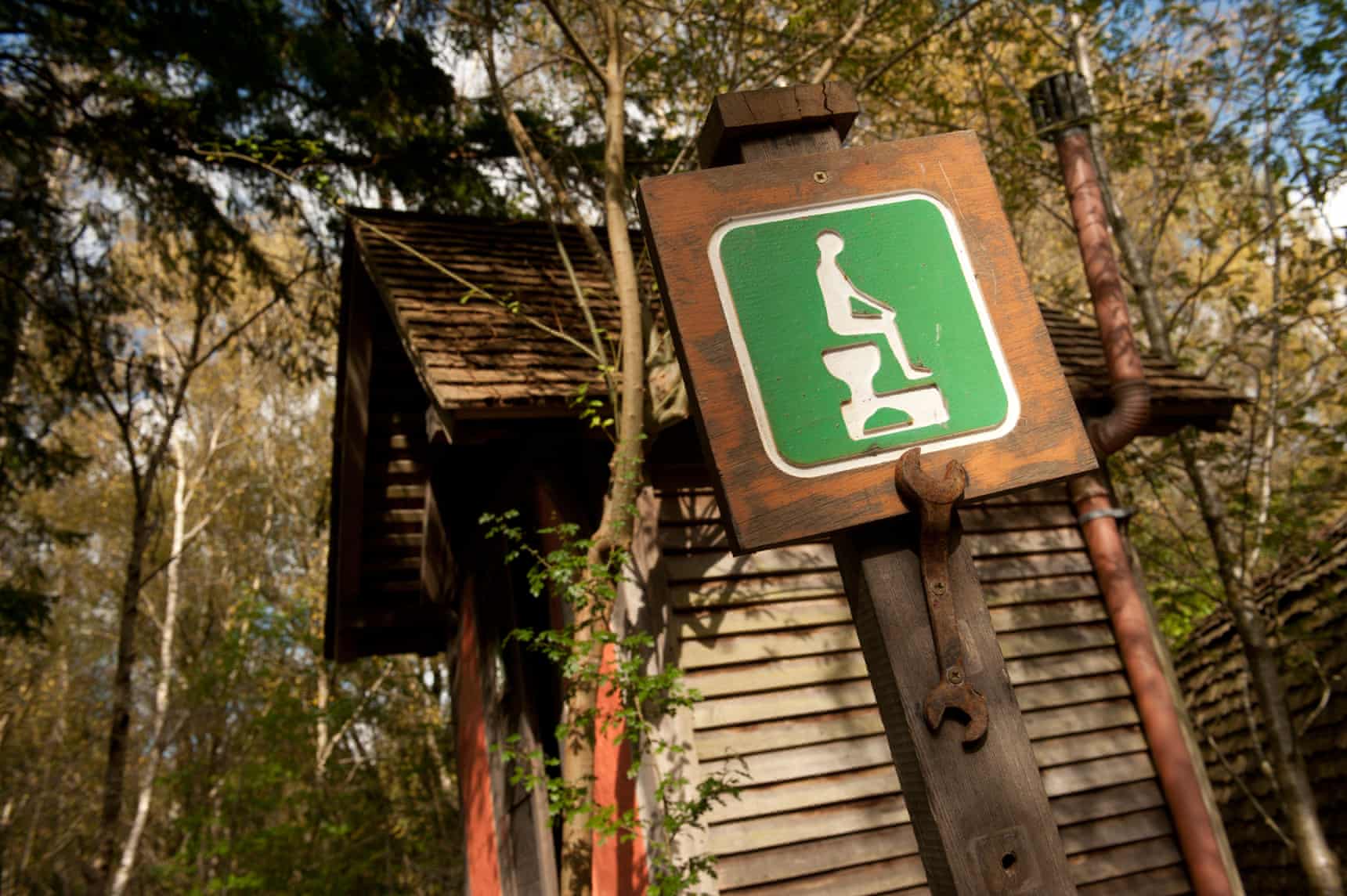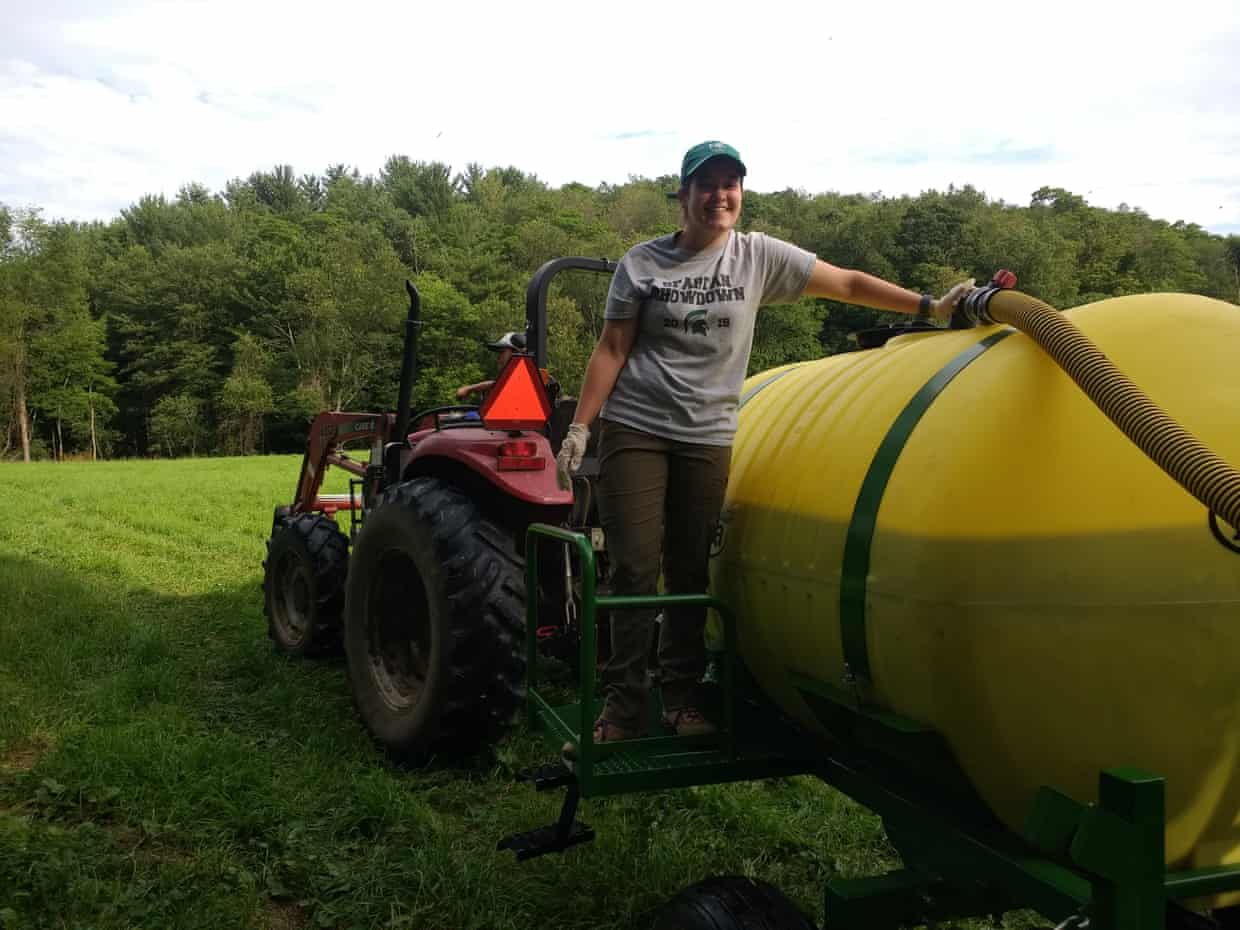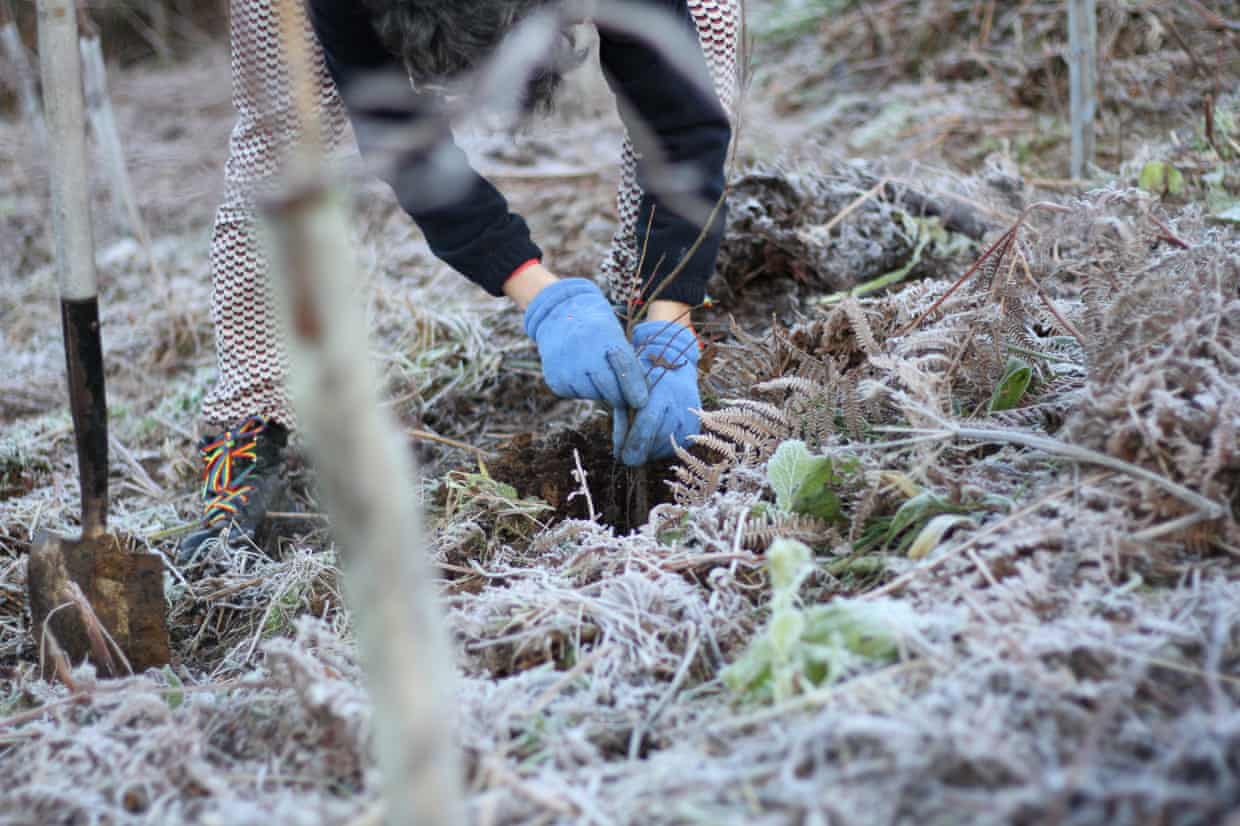
Recycling
The no-flush movement: the unexpected rise of the composting toilet
We squander masses of clean water flushing away our own waste instead of using it as fertiliser. But a lavatorial eco revolution has now begun
by Emine SanerIf you’ve been to a festival, gone on a rural getaway or spent any time with eco-minded people in the past few years, you may have noticed a small revolution taking place in lavatories around the UK. For those to whom chucking litres of clean drinking water down the toilet on each flush seems wildly at odds with attempts to protect the environment and slow the climate emergency, compost toilets are increasingly making sense.
The idea is simple: treat human waste just as other organic matter – in a not dissimilar way to how kitchen waste is composted.
At his home in France, Daren Howarth, who runs Groundhouse, which supports people building sustainable properties, has a composting loo. The liquid waste is diverted out of his house, filtered through a reed bed and into a pond – and is then used to water his veg patch. The solids are composted. For his household of four, he empties the bucket every couple of weeks. “It’s not a big deal. If you’ve got a garden, there is no reason you can’t have a dry toilet system. You’re going to save on your water bill, and [have] all the downstream benefits – you’re not creating polluted water that has to be treated.” We are the only animal, he says, that deliberately mixes water with our own waste. That’s important, he says, because “you create such a treatment issue, to clean that water up. It’s ecological insanity.”
The anecdotal signs are that people are increasingly open to the idea of composting loos. The Glastonbury festival started embracing them more widely in 2014, and last year it had more than 1,000. “There is a tub of sawdust out the front with scoops in,” says Jane Healy, the festival’s sanitation manager. “If you’re just going for a wee you don’t need to take one. If you’re going for a No 2, you take a scoop with you and sprinkle [the sawdust on afterwards].” Most Glastonbury-goers were nonplussed about the toilets – if anything, they are probably the cleanest and most pleasant loos to use on-site. “At festivals, people tend to get used to not being in their usual comfort zone when it comes to going to the toilet.” The waste is collected and composted at a local farm. It’s then distributed to other farms, including back to Glastonbury’s Worthy Farm.
“The word waste doesn’t exist in nature,” says Fin Jordão, a biologist and compost toilet expert from the Centre for Alternative Technology in Powys, Wales, who has been one of the UK’s leading champions of the idea. “Waste is not a word fit for the 21st century and the ecological society we’re trying to build.”

When Jordão (who uses the pronoun “they”) planted 70 trees on land around their house this autumn, they were fertilised with “humanure” from a compost loo. The liquid waste from the toilet and wash basin is piped to a reed bed, where it fertilises plants, such as comfrey, iris and marsh marigold. The solids, which are sprinkled with carbon-based material, such as sawdust or wood ash, cat litter or coconut coir, are collected in a bucket and emptied every few weeks on to a compost heap. Doesn’t it smell awful? No, says Jordão, “It smells like humus, like the forest floor. It’s that fungus, leafy smell.”
Improved sanitation has saved millions of people from the threat of cholera, dysentery and numerous other diseases. The World Health Organization estimates that 2 billion people don’t have access to toilets or latrines, and more than 430,000 people die each year from diarrhoea caused by poor sanitation. Millions more die or suffer from other diseases and conditions, including intestinal worm infections and diseases that cause blindness. Clean, safe water treatment cannot be taken for granted.
But the environmental cost is growing. In the UK, flushing the loo accounts for nearly a third of household water consumption. We use drinking-quality water in our toilets, and spend energy and resources on cleaning it afterwards. Water treatment is responsible for about 1% of UK greenhouse gases.
A recent article on the scholarly current affairs site JSTOR Daily described how before the development of an efficient sewer network in Europe, the streets overflowed with disease-ridden filth, because nobody could see the value in human compost. Europe’s arable land was rich and fertile. In Japan, by contrast, where land was less fertile, humanure or “night soil” was so highly valued that when the price soared disputes broke out over who had the right to collect it. In Osaka, writes Lina Zeldovich, where boats came to the city to collect night soil, “landlords had the rights to their tenants’ solid waste.” Some desperate farmers resorted to stealing human faeces.
Our agricultural soils are depleted and reliant on artificial fertiliser, so “biosolids” – as treated human waste has been rebranded – could become ever more valuable.
UK water companies recycle more than 1m tonnes of waste into biosolids for agricultural use. But this is strictly controlled by legislation, owing to fears about contamination from heavy metals (via industrial wastewater) and from pharmaceutical products. “Right now, we flush our human waste into a water-based treatment works and it’s very hard to get all of the nutrients out once we’ve mixed it with this huge volume of waste water,” says Abraham Noe-Hays, research director at the Rich Earth Institute in Brattleboro, Vermont. “If we can separate human waste at source, we can reclaim the nutrient value as a resource.”

Noe-Hays is mostly interested in repurposing urine. “That’s where most of the fertiliser is.” Urine is particularly rich in phosphorus, a vital component of manufactured fertiliser that is currently mined from phosphate rock, a finite resource, so focusing on liquid waste is a good first step. “Urine is easier to capture and transport, store and treat,” he says. Solid waste needs to be treated over a long period before it can be used.
But could a whole city switch to composting toilets? Noe-Hays says urine-harvesting toilets may be possible. He worked on a project in Brattleboro, where “there are a number of people who have permanently installed urine-diverting toilets. We show up twice a year, collect [the urine] and take it to a central treatment location, where we pasteurise it and distribute it to farmers, who use it primarily to grow hay. People also use it themselves, in their gardens.” In terms of changing people’s attitudes to their toilet waste, urine-diversion “is actually not a very high barrier. We’ve had very positive reactions to it.”
Martin Doyle is a sales manager for WooWoo waterless toilets. His main market used to be places where there was no running water or sewage system – golf courses or allotments, for instance – but he says demand has increased in the past two years from people who are interested in installing such a loo in their homes for environmental reasons. “For the first time, building regulations [from 2010] specified that compost toilets could be used in place of flushing toilets. So there are no legal hurdles in not having a flushing toilet,” he says. By not mixing liquid and solid waste together, “the poo is relatively dry and therefore smells a lot less than people imagine. And the volume is less than people would imagine, too. I totally appreciate that some people are not going to be comfortable [emptying their own buckets], but it’s as simple as you can make it. The contents of the toilet can then be composted at home. In 12 months’ time you have a nutritious compost that you can use in any way that you like.”

At the moment, says Jordão, composting toilets are “not appropriate for the majority of people”. But they could be one day.
David Taylor, a roundwood timber framer for eco builder Ty Pren, has created three composting toilets for clients. They have all been in outhouses, but he can envisage a day when even urban dwellings could be composting human waste.
“Humanure could be collected by [residents in] a block of flats before being carted off and composted, or it could be processed through a methane digester and that energy could be used within the building itself,” Taylor says. “One of the interesting things about using a composting toilet system is you’re closing that loop. As westerners, we’re eating a varied diet that contains lots of minerals and vitamins, and the majority of that has been taken from the soil. At the moment, we’re putting all that into fresh, clean drinking water, which has gone through a heavily industrialised process. We’re contaminating drinking water, while cutting away that cycle of nutrients going back into the soil, and producing fertile land to grow from.”
• This article was amended on 9 December 2019 because an earlier version referred to hummus, when humus was meant.